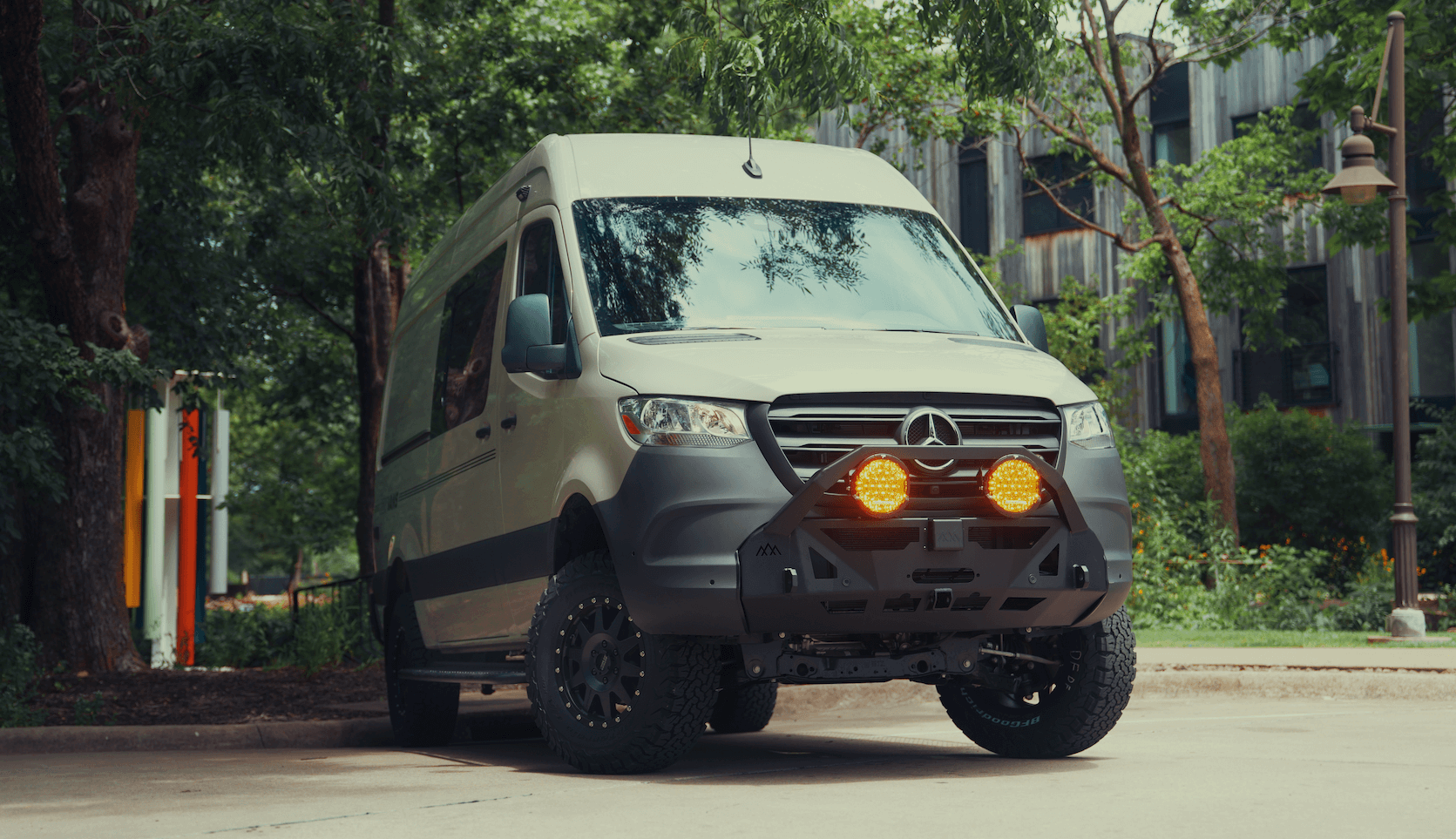Recreational Vans

Families need a platform that seats everyone safely, sleeps comfortably, and carries gear without chaos. Interior height matters because being able to stand makes daily life easier when cooking, changing, or helping kids. Wheelbase options affect parking, turning, and storage, so balance maneuverability with cargo volume. Payload and towing ratings determine what you can bring, including bikes, boards, a small trailer, or extra water. Service networks and parts availability influence downtime and cost over years of ownership.
Safety should lead the checklist. Look for modern driver aids, strong crash structures, and factory seating with tested mounts. Next, confirm how the cabin will be used day to day. If you plan lots of rainy day hangs, prioritize windows, ventilation, and a quiet shell. If backcountry roads are your norm, ground clearance, tires, and traction become key.
Start with seat count. Factory approved seating with integrated belts and child seat compatibility is non negotiable. Then map sleeping for adults and kids: fixed beds reduce setup time while convertible beds free daytime space. Bunks add flexibility for growing children. Test mattress lengths against real heights, not just spec sheets.
Place bulky items where they will live, like strollers, helmets, or a folding crib. Keep the aisle open and design traffic patterns so nobody climbs over gear to reach a seat or the fridge. Good storage solves clutter before it starts.
Full size vans provide the broadest canvas. High roof models let most adults stand, which is a game changer for families. They offer long wheelbase variants with space for a galley, sizable beds, and real gear storage. Mid roof or low roof versions reduce overall height for parking garages but limit cabinet height and bunk options.
Mid size platforms trade interior volume for nimble handling and better city parking. They can work for a minimalist family or short trips but often require tighter layouts. Traditional passenger vans with bench seats are affordable and simple, yet they may need significant rework to add insulation, power, and modular furniture that suits camping.
All wheel or four wheel drive improves traction on snow and dirt. It is valuable for shoulder season travel and mountain access but adds cost and can reduce payload. For many families, good tires and smart route planning are enough. Powertrains also matter: a strong V6 or turbo diesel helps with elevation and trailers, while modern turbo gas engines balance power and efficiency.
People often ask some version of this search phrase when comparing platforms. The answer depends on the tracks you intend to follow. For paved road touring, prioritize comfort, noise control, and efficient layouts. For gravel and light trail access, focus on traction features, protection, and tire clearance without overbuilding.
Quiet heating and cooling keep everyone happy. Roof fans plus screened windows manage airflow, while reliable power systems support a fridge, induction cooking, and device charging. Families should size batteries for two days without shore power, then add solar or alternator charging as backup.
Budget planning should cover the van, the conversion, and ongoing costs like maintenance and insurance. Newer vans cost more upfront but can reduce surprise repairs and improve resale. Used vans lower the buy in but require inspection for rust, leaks, or electrical issues. Documented builds with safe seating and tidy wiring tend to hold value best.
Set a target budget that includes a cushion for upgrades discovered after a few trips. Evaluate mileage with the platform’s known maintenance intervals. Resale improves with well documented work, practical layouts, and clean installations.
Finding the best conversion van for family travel comes down to honest priorities. If you want easy summer trips and national parks, you may prefer a simple, quiet cabin with great views. If winters and remote trailheads call you, weight capacity, traction, and heating rise to the top. Either way, shortlist your favorites, test drive them, and bring the whole crew to see how the space feels.
To learn what a finished family build looks like, explore our recreational vans. If you already have a platform in mind and want expert planning and execution, review our custom build van process. Curious about practical, finance friendly options that still road trip well? See our mainstream vans overview.
Families often start with the question best conversion van. That evolves into a specific van to convert to camper once seats, sleep, and storage needs are clear. Use the priorities above as your checklist so every mile feels easier and safer.
Strong builds balance comfort, safety, and serviceability. Pick a platform that fits your routes and parking, then plan a layout that saves steps for parents and keeps gear secure. The result is a calmer cabin, better sleep, and more time outside together.
OZK Customs builds family ready adventure vans that feel calm on the highway and capable at the trailhead. We design complete custom builds and partial upfits with safe seating, smart storage, quiet cabins, and dependable off grid power. Tell us how many people, how you travel, and what you carry. We will shape a layout that fits your family and your trips, then guide you from plan to delivery.
Ready to skip guesswork and go from shortlist to keys in hand? Tell us how many seats, beds, and miles you need. OZK Customs designs and builds family ready adventure vans with tested layouts, quiet cabins, and dependable power. Submit the form to start your build plan and get a clear timeline, quote, and path to delivery.
ADDRESS:
6159 E Huntsville Rd, Fayetteville, AR 72701
PHONE:
(479) 326-9200
EMAIL:
info@ozkvans.com